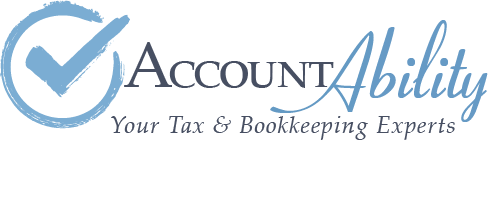New 1099 Rules…Wait for it!
This year you may have expected the rules pertaining to your tax filing to change, especially if you are a small business using a third-party payment platform. Well, we have a surprise for you! The IRS is walking back the expected changes to filing your 1099-K until the upcoming year. Next year, while they noted that there would be no changes to the taxability of your income, there will be a change regarding the reporting rules for Form 1099-K.
What is a Form 1099-K?
A 1099-K form is an IRS information return to report payment transactions to improve voluntary tax compliance. This form has become especially important in a "gig" economy, where many people gather income by being small business owners or self-employed. The 1099-K form includes the gross amount of all the payment transactions in a specific period. It is triggered by the payment of a reportable income, particularly through third-party payment platforms.
What will change?
You may remember that in the past, businesses would receive a 1099-K tax form only when their gross payments exceeded $20,000 and they conducted at least 200 transactions. Next year, due to the American Rescue Plan Act of 2021 (ARPA), this will change, and taxpayers must report all of their income on their tax return unless it is legally excluded. The new rule will lower the gross payments threshold to just over $600, meaning any payment made over that amount can trigger a 1099-K.
You may be wondering what types of transactions these include; the answer is nearly all of them. These transactions include payment through credit and debit cards, PayPal, ridesharing apps, and other third-party payments. This change will largely impact small business owners, who may have yet to report income paid through third-party payment platforms despite being required to register all revenue in the past.
The new 1099-K form, to be implemented in the upcoming year, will include information about the payment processor, the company receiving the payments, as well as a breakdown of the monthly payments. And according to the IRS, the lower threshold and new form will make it easier for taxpayers to track the amounts they receive.
If you have read this far and are starting to panic, fear not! Remember this change isn't happening until next year's tax season, and some transactions are excluded, including personal gifts and personal reimbursements. These exclusions make it very important not to mix personal and business transactions on third-party payment platforms like PayPal and Venmo. So before you freak out about sending your friend a $600 Venmo payment this upcoming year for a dinner bill or hotel stay, rest assured that these types of transactions are not taxable.
Why the delay?
Instead of requiring you to file a 1099-K for amounts over $600 this year, the IRS suggests that the calendar year 2022 be a transition period for implementation, which will delay the reporting of transactions above $600 until after the calendar year 2022. The adjustment period is intended to facilitate an orderly transition and improve tax compliance. While, as taxpayers, it is crucial to understand what to do as a result of this reporting, remember that tax preparers and software providers have all the information needed to assist you. So bow down to the IRS because they're giving us the time we need to implement this change!
And for those taxpayers who have already received a 1099-K due to the impending changes, take a deep breath because you will hear from the IRS, which is working to provide additional clarity and instruction about what to do in your case.
If you need to file a 1099-K this year, the recipient copy deadline was January 31, 2023. The e-filing deadline is March 31, 2023, and the paper-filing deadline is at the end of this month, February 28, 2023.
Need more information about filling out your 1099-K form and the new rules centered on 1099-K forms? Click the link below.

